- No.609, Centre Of Huijin Nanxiang, Yinxiang Road, Nanxiang Town, Jiading District, Shanghai, China
- sherry@sanmachines.com
- +86-18616767021
The difference between laser and ordinary light source!
Laser is a collection of high-energy light beams, known as the fastest knife, the most accurate ruler, and the brightest light. Compared with ordinary light sources, laser has four major characteristics.
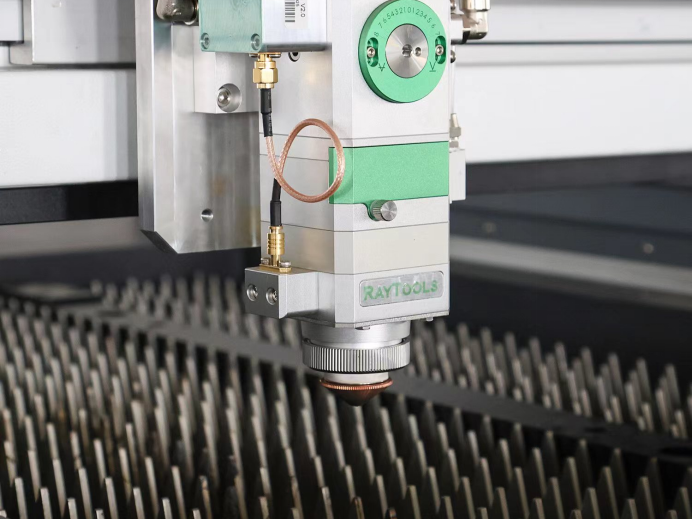
(1) High directivity: This means that the divergence angle of the light beam is small, that is, the laser is highly directional, while ordinary light sources emit light in all directions. As shown in the figure, the light emitted by the flashlight bulb is emitted in all directions. To make the emitted light propagate in one direction, it is necessary to equip the light source with a certain focusing device. For example, the headlights and searchlights of a car are equipped with concave mirrors and convex lenses with focusing functions, so that the light is gathered and emitted in one direction.
(2) High brightness: The brightness of a light source refers to the light power of a unit of light within a unit solid angle range in a given direction. Before the invention of lasers, the brightness of high-voltage pulsed xenon lamps among artificial light sources was the highest, comparable to the brightness of the sun, while the brightness of lasers is much higher than that of the sun. For example, the brightness of ruby lasers is about 10 billion times that of sunlight.
(3) High monochromaticity: Since the wavelength distribution range of the light output by the laser is very narrow, the color is extremely pure. For example, the wavelength distribution range of the red laser emitted by the helium-neon laser is μm level, which is 0.02% of the wavelength distribution range of the red light emitted by the krypton lamp. It can be seen that the monochromaticity of the laser far exceeds that of any other monochromatic light source.
(4) High coherence: This refers to the phase relationship between the various parts of the light wave. Since the laser has high directionality and high monochromaticity, the light beam will inevitably form a stable phase relationship with each point during the propagation process, forming stable interference fringes.
The above four characteristics of the laser enable it to be precisely focused to obtain a very high power density, which is several orders of magnitude higher than the general cutting heat source. Laser processing brings high energy quality that traditional processing does not have, so it is widely used, among which material processing is one of its important application areas.
Related product links


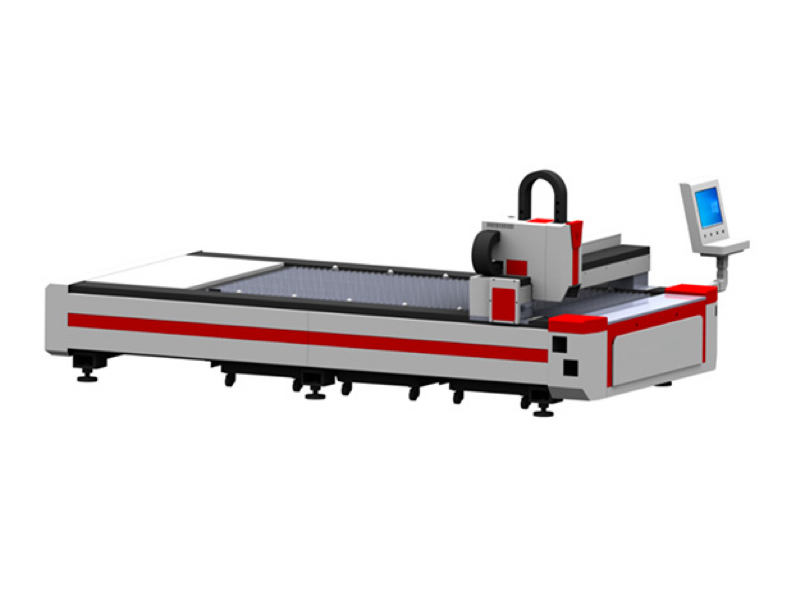
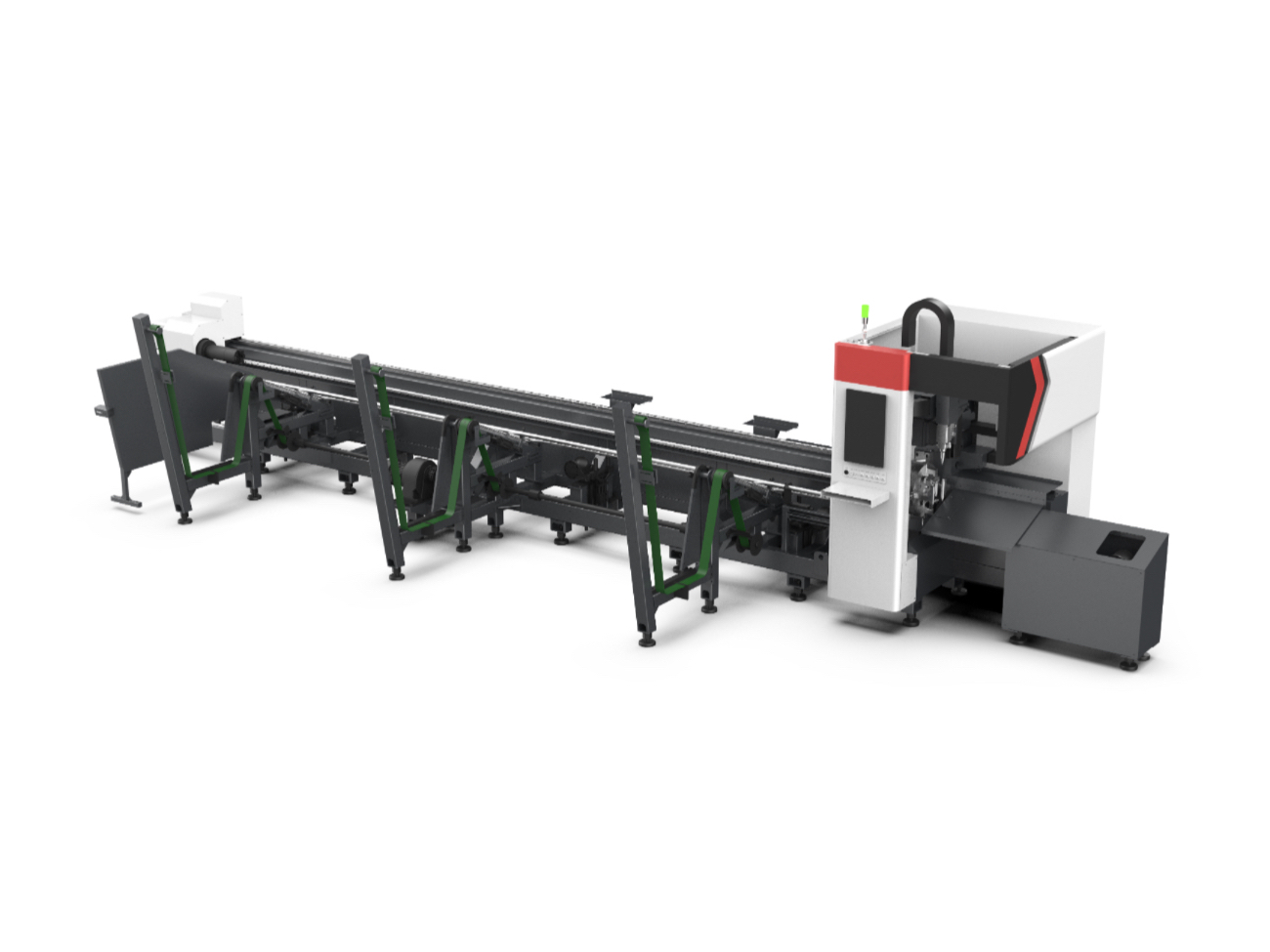
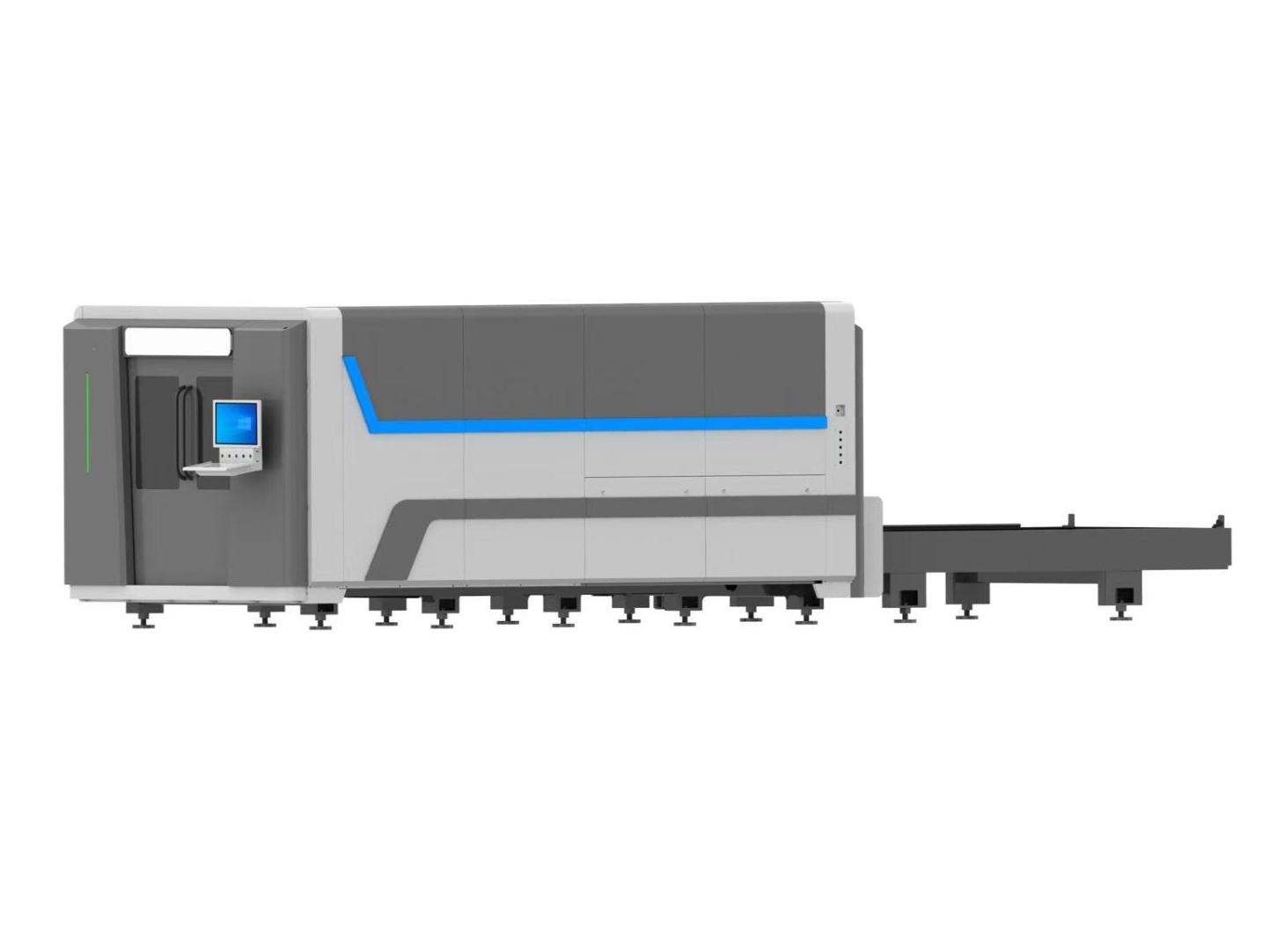


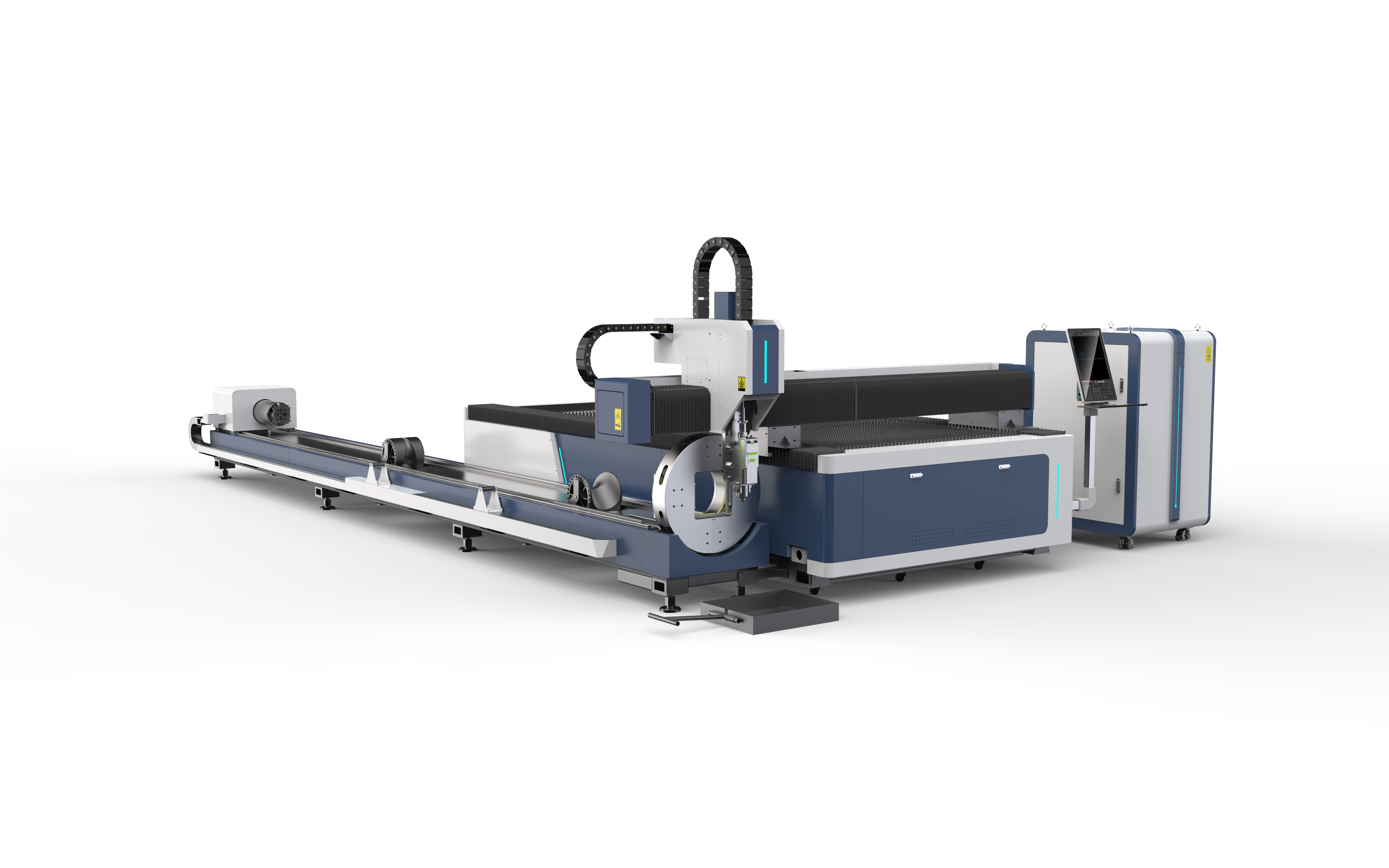
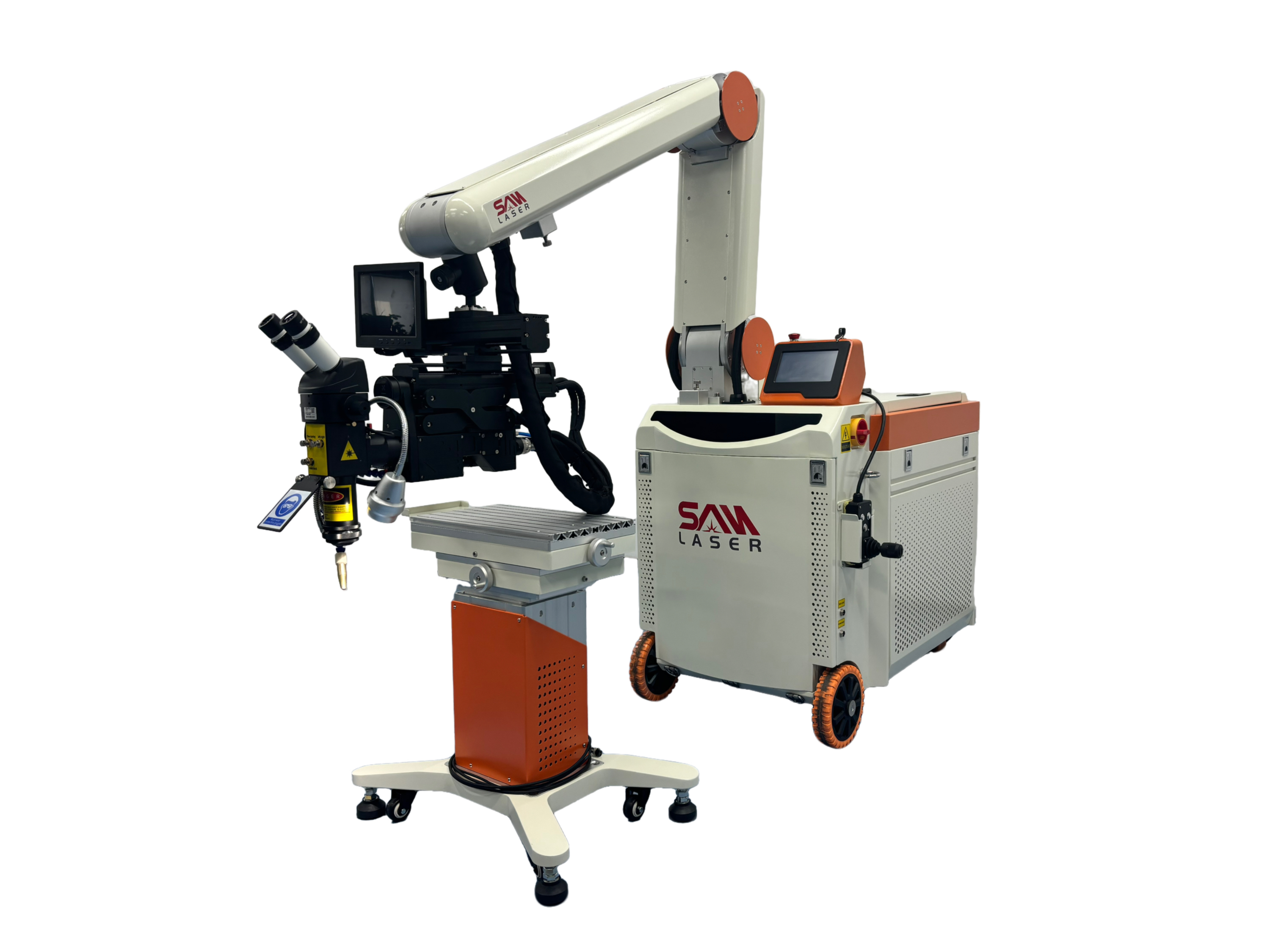
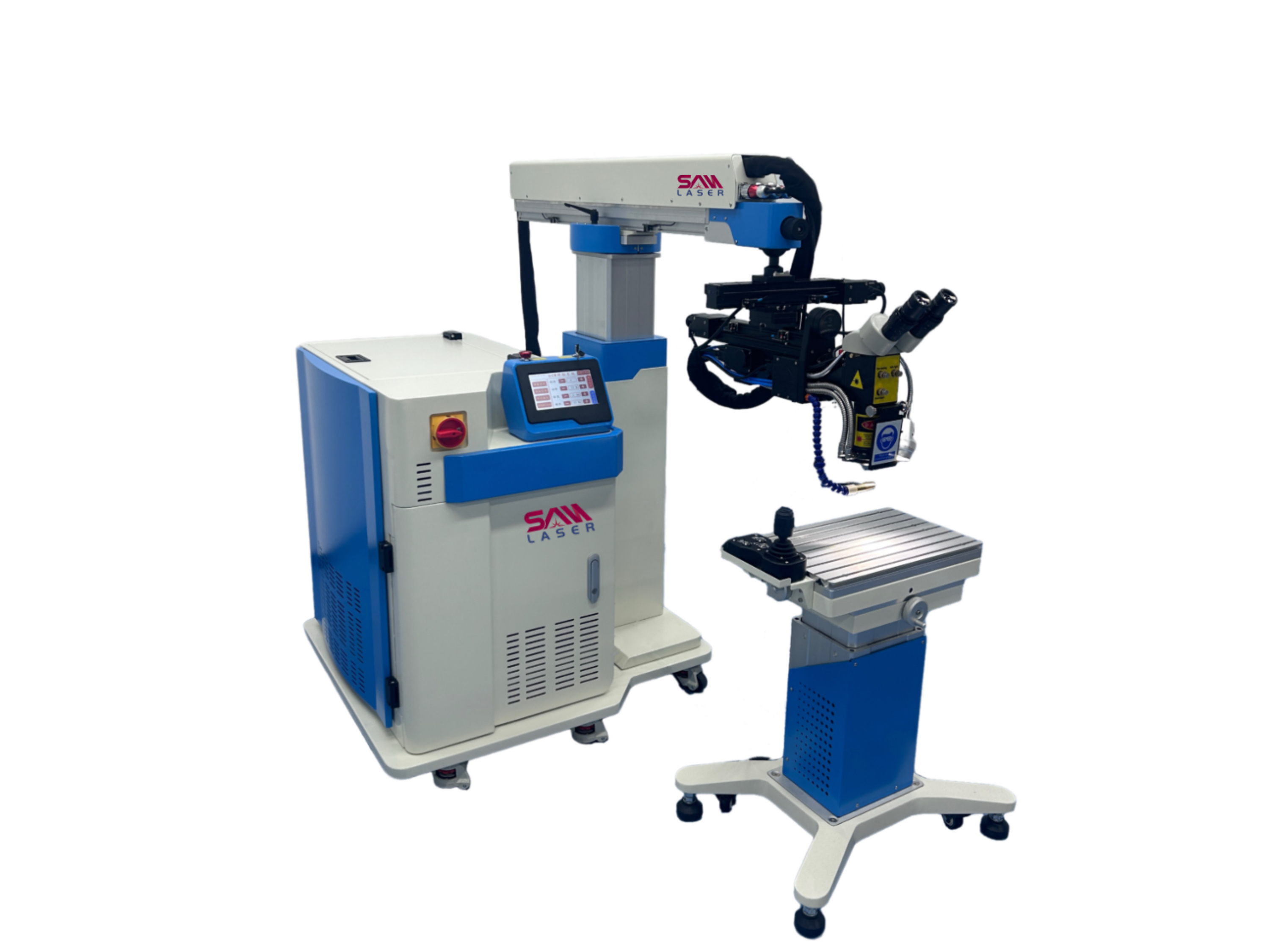
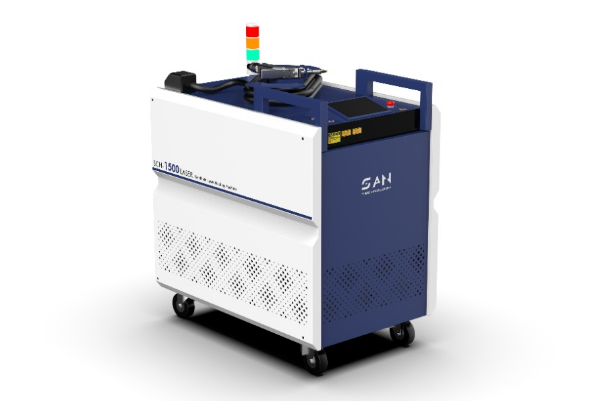
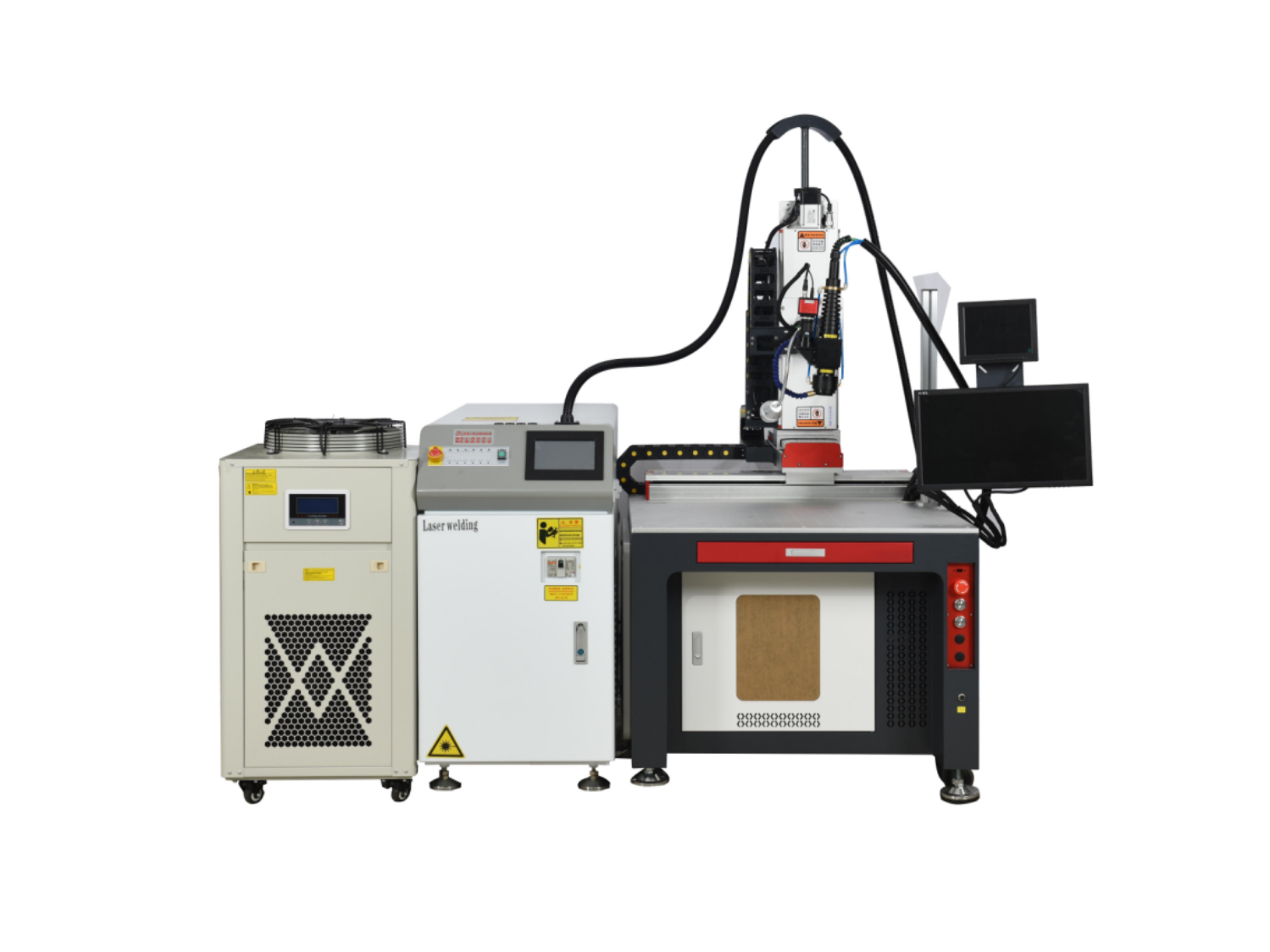
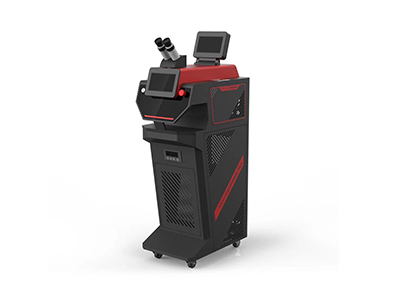
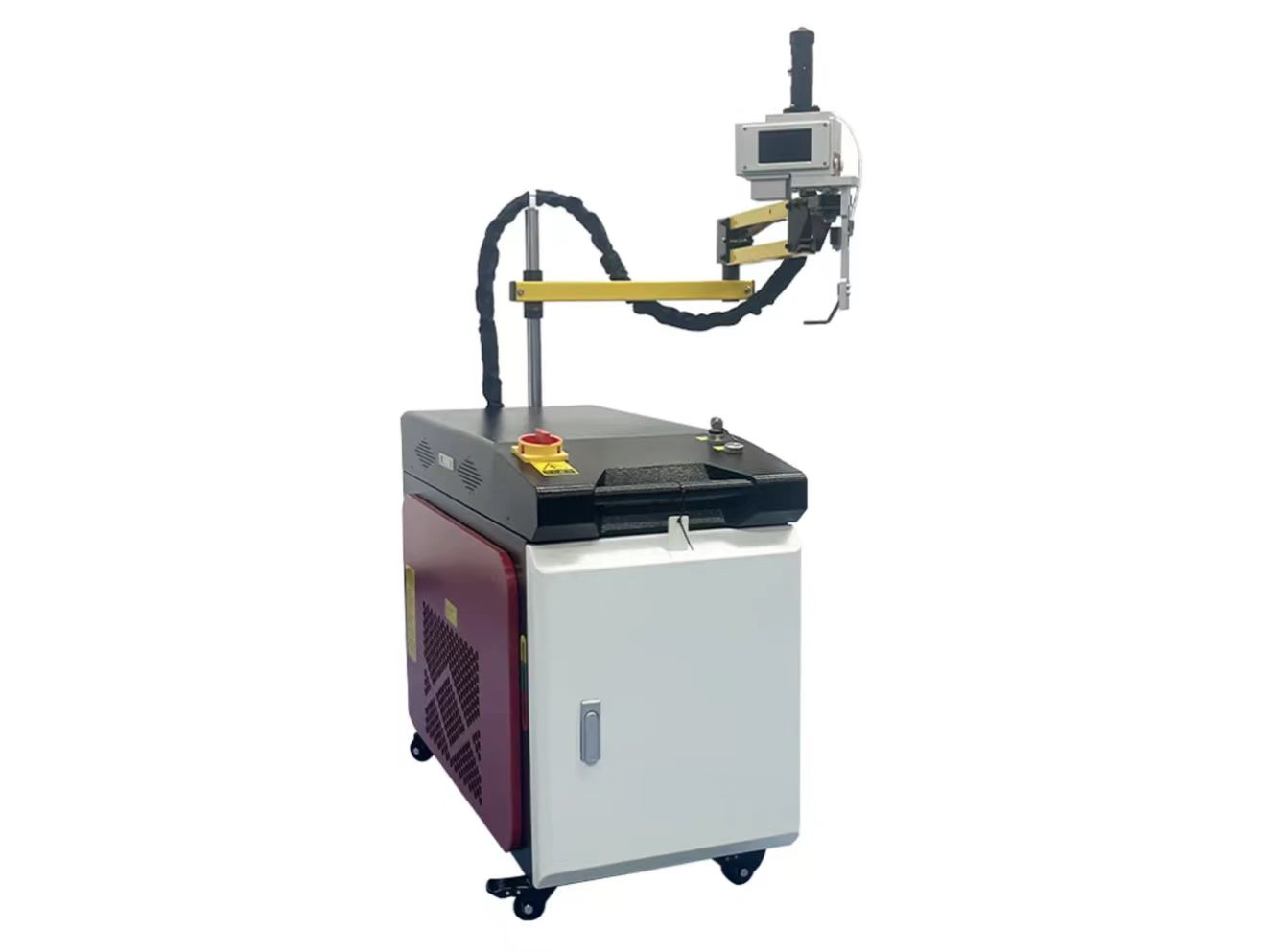
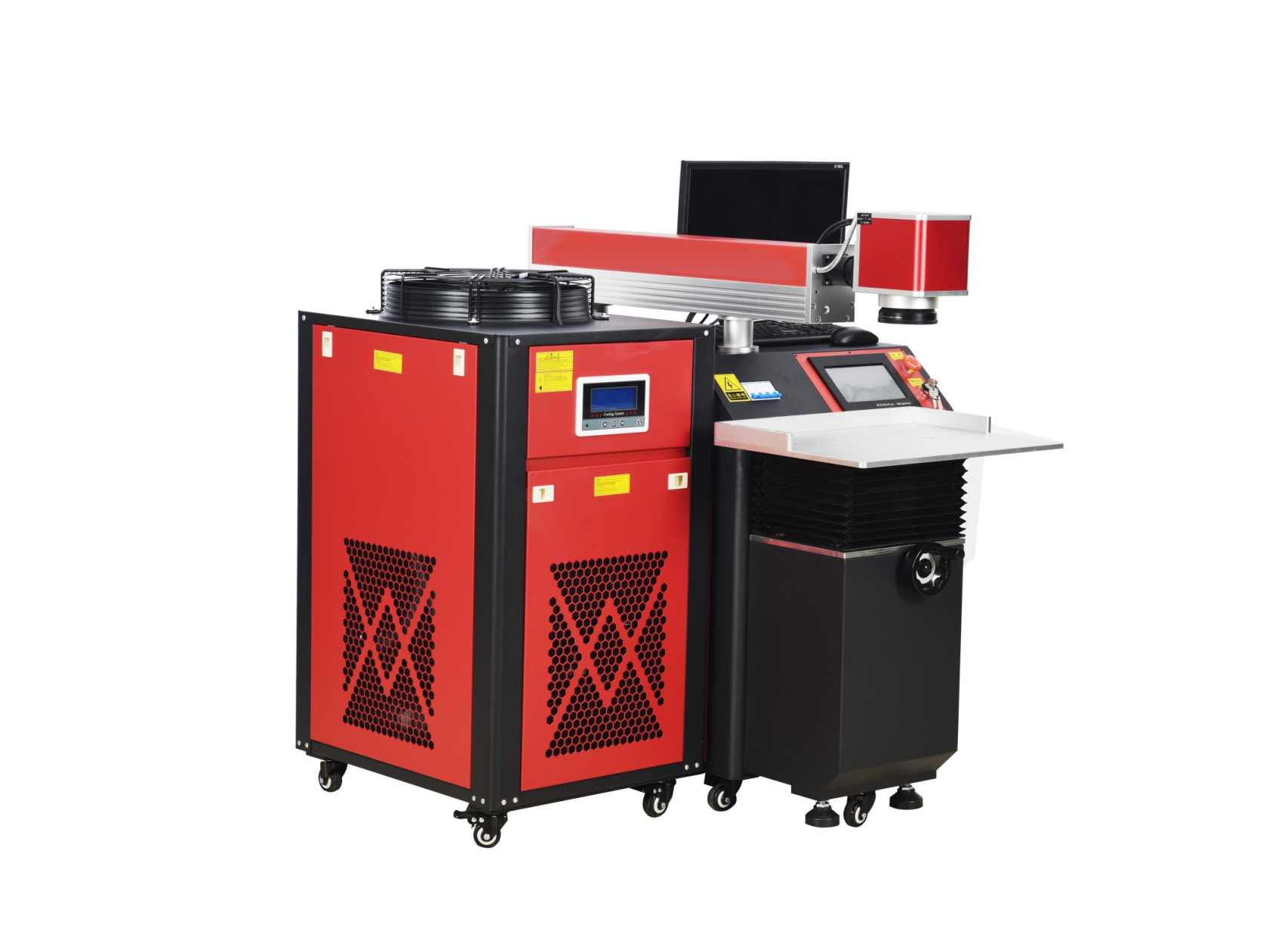
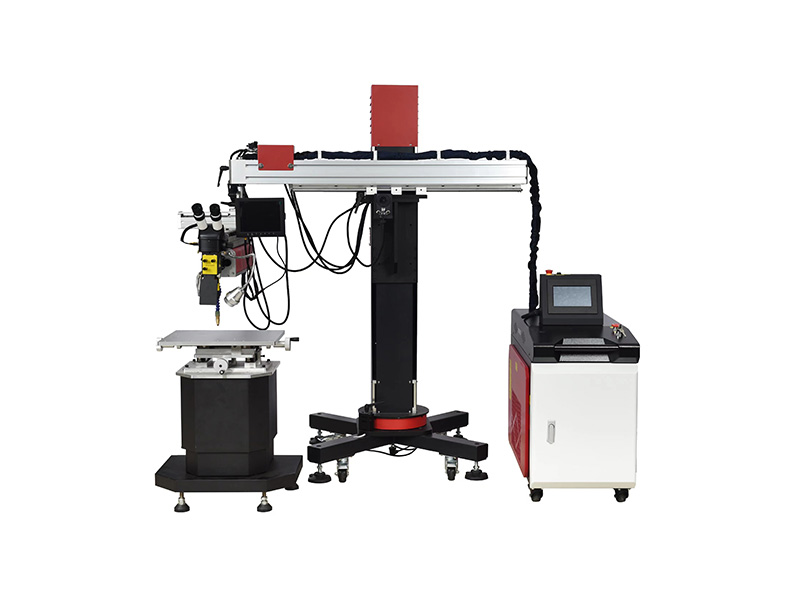
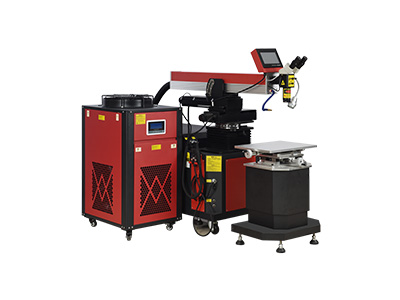

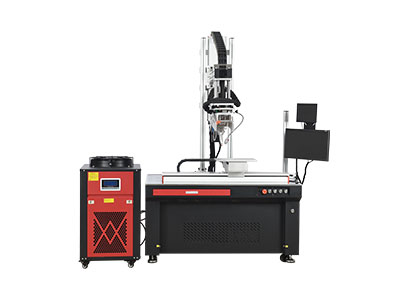
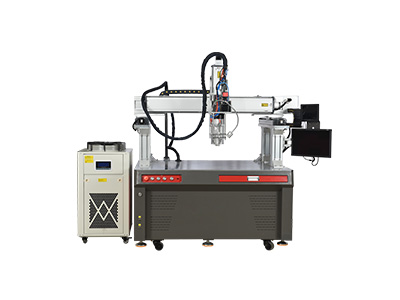
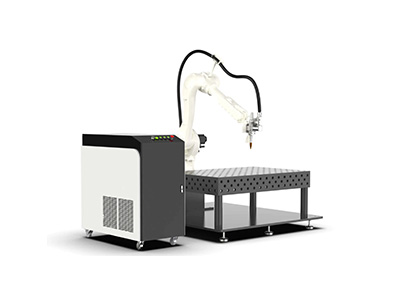
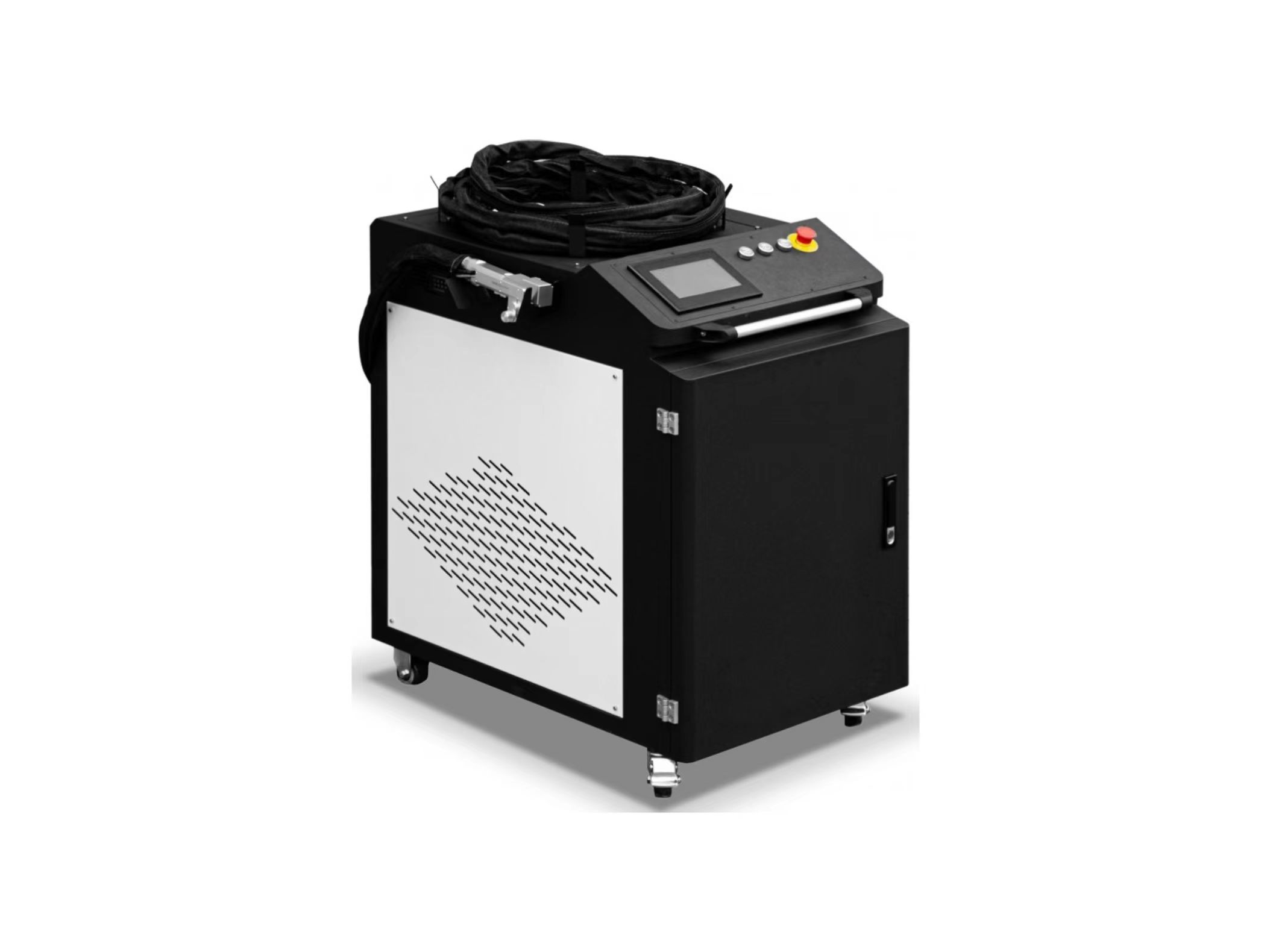
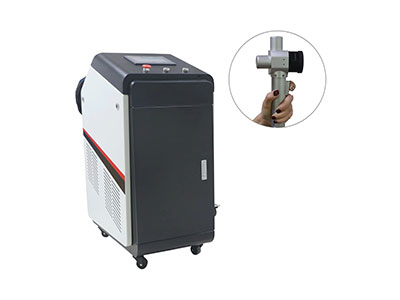
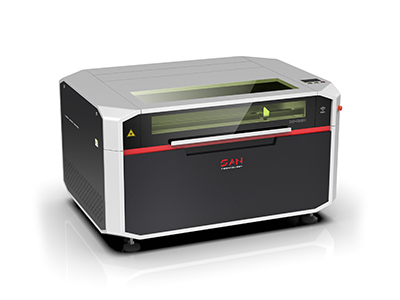
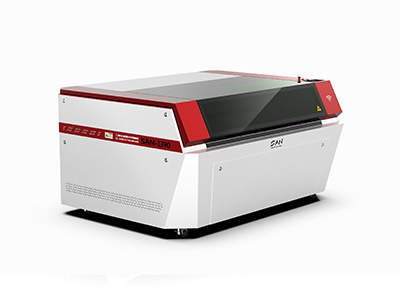
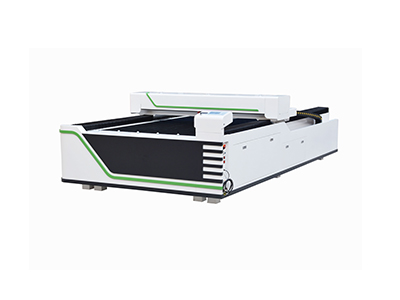
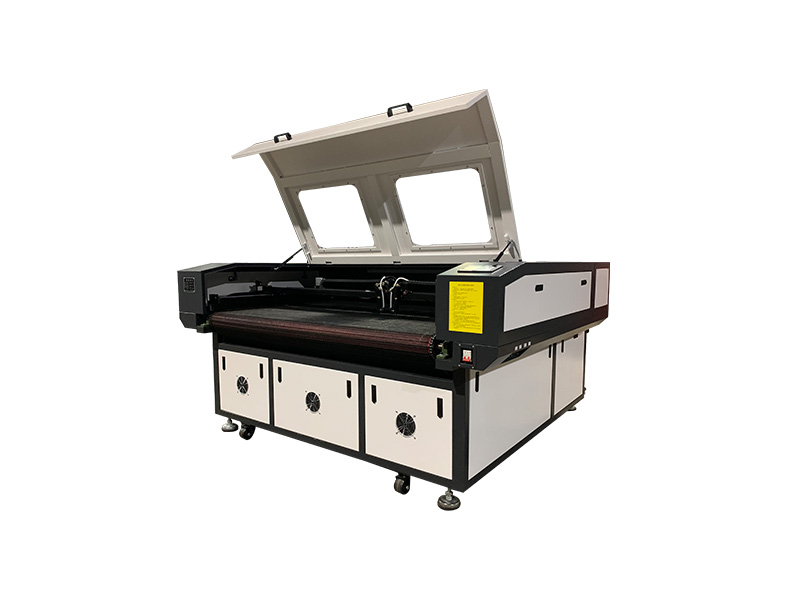
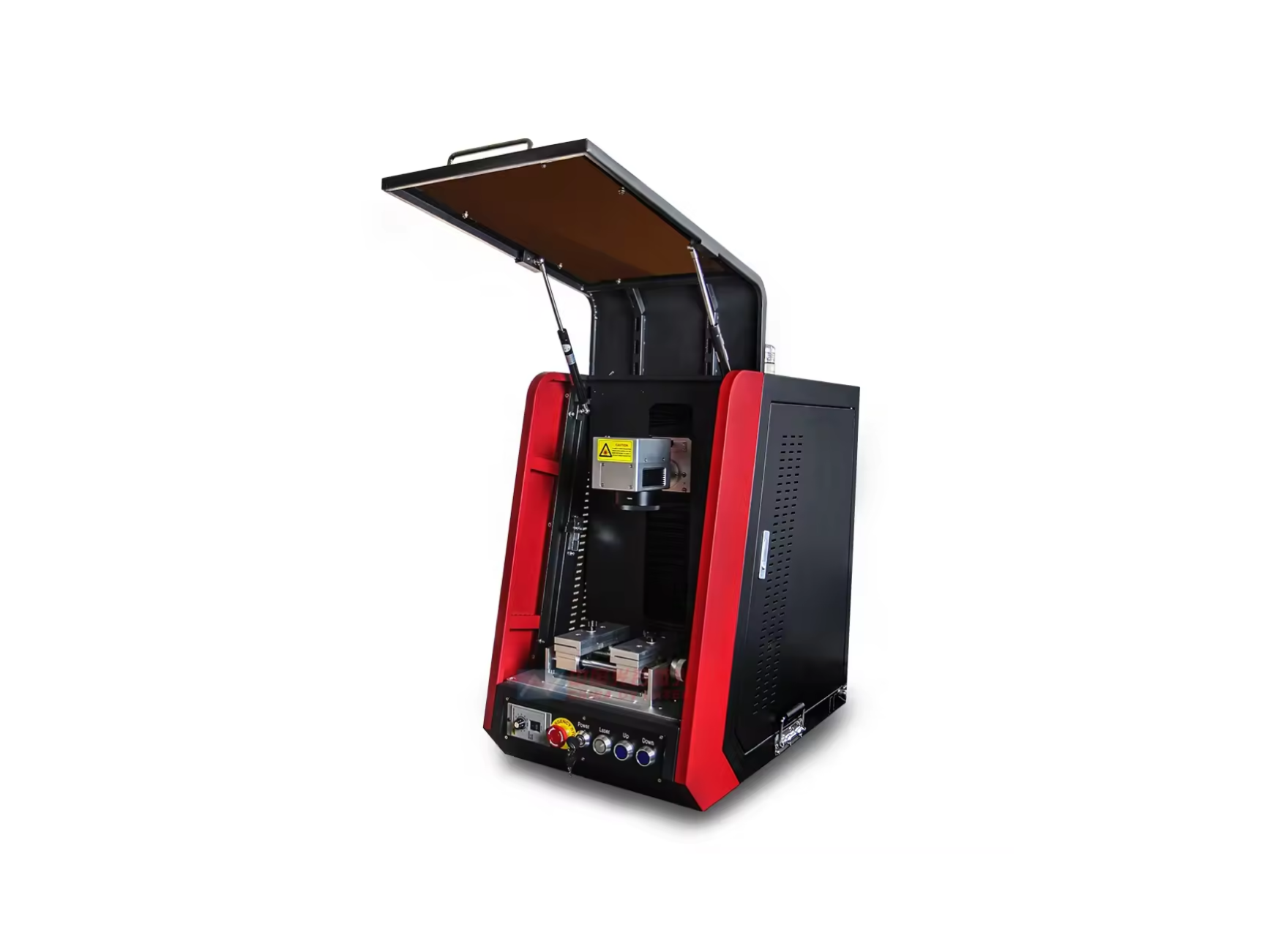
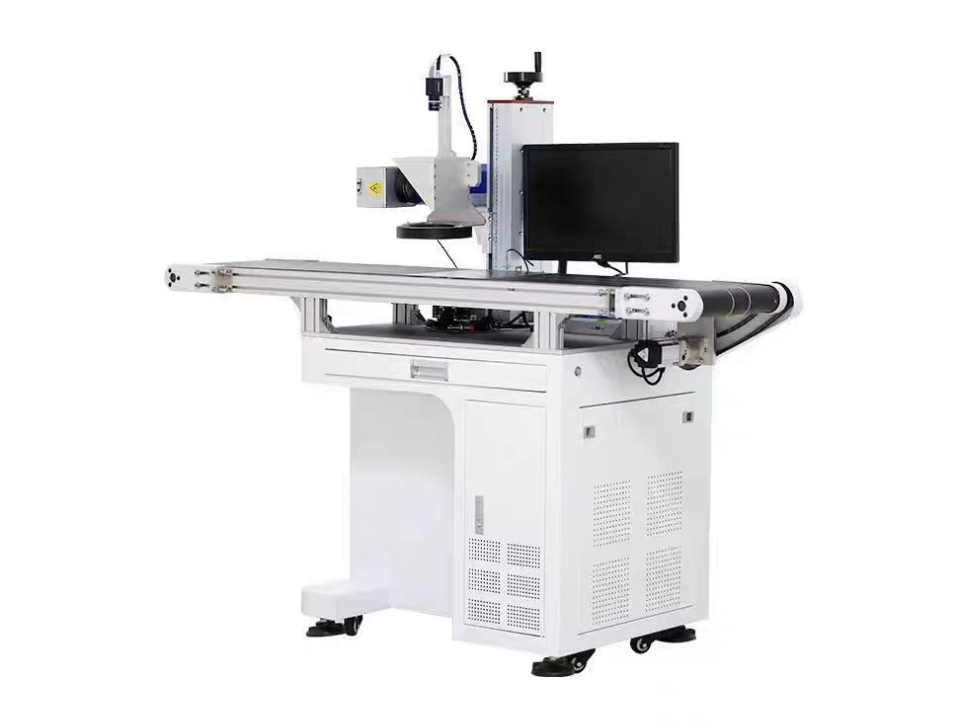
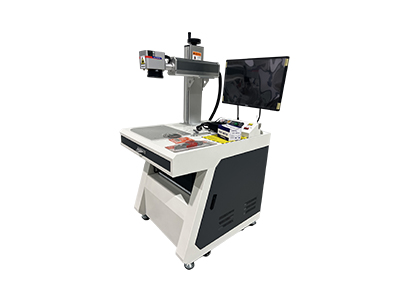
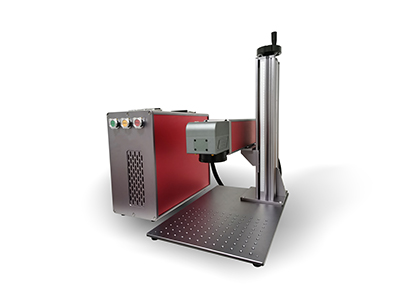
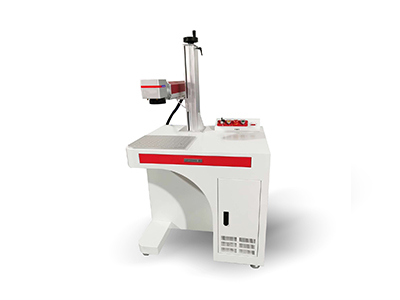
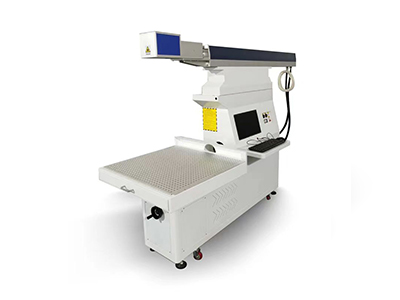
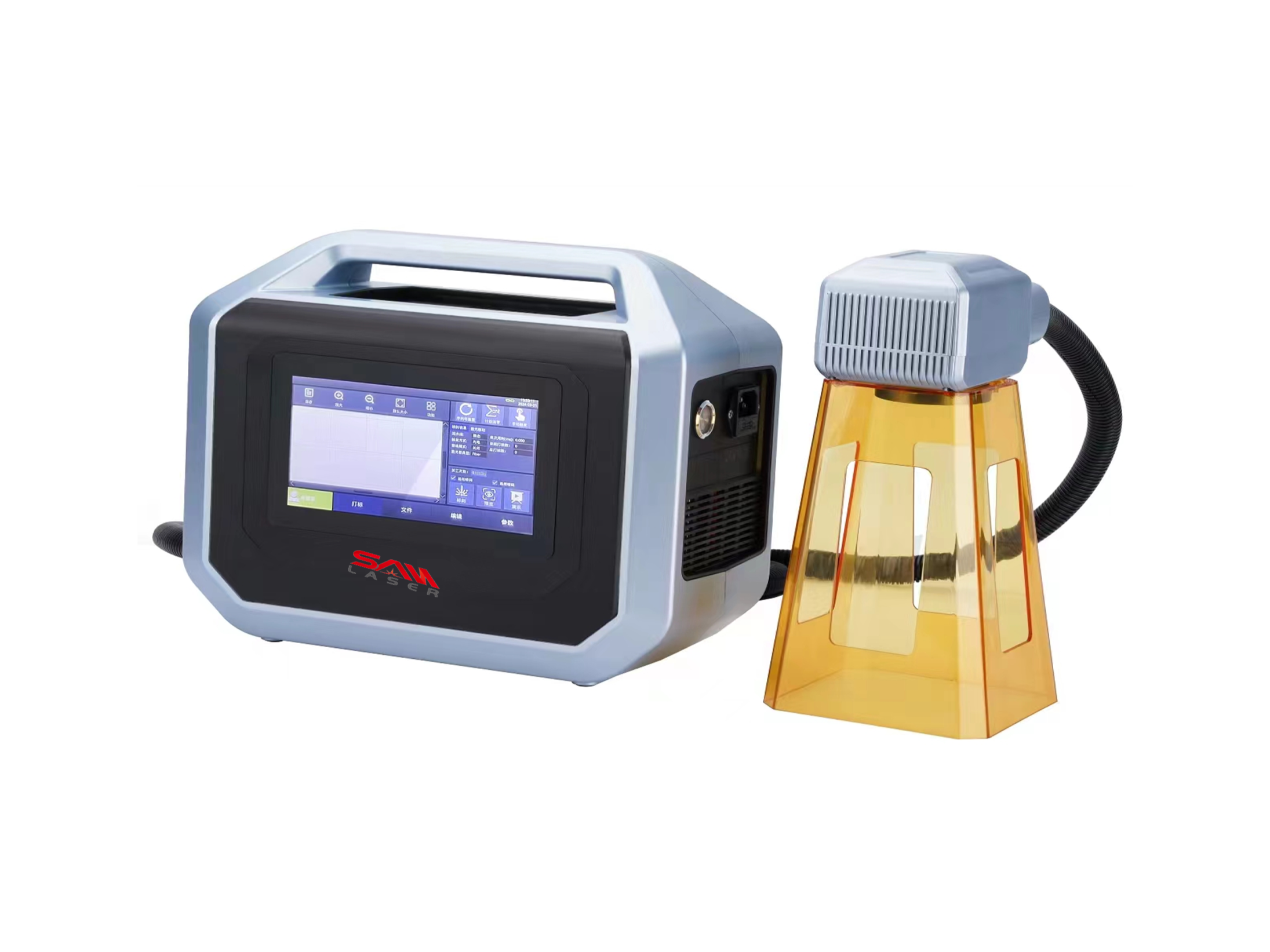
 Company News
Company News




